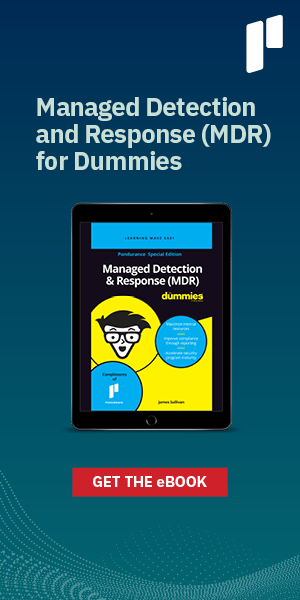Protecting Your Practice and Patients From Ransomware
Pondurance July 01, 2021
Healthcare facilities of all sizes continue to be prime targets for ransomware attacks, primarily due to the amount of patient data they process, outdated systems and devices, and lack of security awareness training. In a ransomware attack, sensitive data, systems, and other digital resources are held hostage by financially motivated bad actors who demand payment to unlock the information. These bad actors and their extensive network of accomplices pose multiple risks to healthcare organizations including:
- Impact of patient care and safety.
- Disruption of business operations.
- Disclosure of sensitive information.
Why Are Hospitals the Prime Target for Ransomware?
Hospitals are a 27/4 operation. Attackers are human, and they look for the lowest-risk, highest-reward opportunities. Ransomware is more profitable when lives are at risk. Modern ransomware techniques have proven that it is not only about the data when attacking a hospital. The goal is to paralyze the network to ensure executives pay the ransom to get hospital operations back online. The following factors are contributing to the recent and ongoing surge of ransomware attacks on healthcare:
- Human error and misconfiguration.
- Phishing – a common gateway to ransomware.
- Electronic health records – a valuable commodity.
- Legacy systems and medical devices that are nearly impossible to harden.
- Limited cybersecurity staff.
- Third-party risks.
Protecting Healthcare From Ransomware
Cyber threats can penetrate a healthcare network in a variety of ways. However, prioritizing people, processes, and technology can make a significant difference in protecting the most vulnerable avenues of a medical network. Healthcare organizations can follow the recommendations below to prevent ransomware:
- Keep all computers and medical devices patched.
- Enable multi-factor authentication (MFA).
- Limit user access.
- Allow only authorized applications.
- Use network segmentation.
- Limit remote access as much as possible.
- Establish 360-degree visibility.
- Monitor and analyze logs.
- Provide consistent security awareness training.
- Encrypt endpoints.
Ransomware affects more than financial loss. These attacks can affect patient services and paralyze medical operations with little to no physical damage. Learn more about protecting your healthcare practice from a ransomware attack in our whitepaper, More Than Financial Loss — Protect Your Healthcare Practice and Patients From Ransomware.
